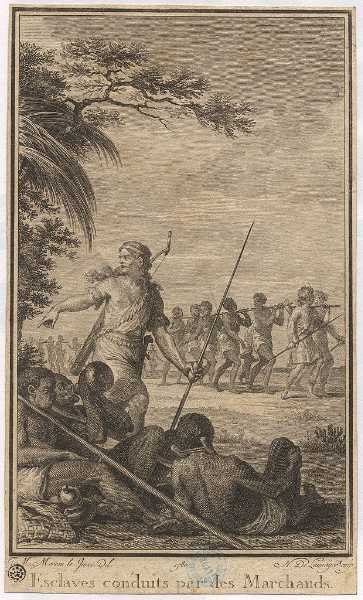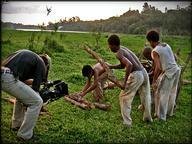28. A freeman, who was named after a country, tried to organize a large rebellion in 1822 in Charleston, S. C., but he was caught and the rebellion broken up before it could begin. What was his name?
From Quiz Slave Rebellions--When Freedom Was So Close
Answer:
Denmark Vesey
Denmark Vesey, also called Telemaque, bought his freedom after winning a lottery, and worked as a carpenter in Charleston, S.C. He managed to organize hundreds, perhaps thousands, of slaves and free blacks to revolt starting July 14, 1822, the anniversary of the storming of the Bastille in the French revolution. By some accounts, he planned to kill Charleston slaveowners, free their slaves, and sail to Haiti where he would be safe. With so many people involved, the plan was impossible to keep quiet, and two men in particular, George Wilson and Joe LaRoche, gave specific details, apparently due to their loyalty to their masters. The potential insurrectionists were tried, and sentenced depending on their degree of involvement and hostile attitude. Sixty-seven were hanged including Vesey, 31 were transported out of state, 27 acquitted, and 38 released. Other laws were passed limiting slaves' ability to attend churches, and restricting the movement of free blacks. The name Denmark probably comes from where he was born, St. Thomas in the Danish West Indies. I tried to help by giving names of other people who weren't real.
 Slavery lasted for several centuries in America, from the 1600s to 1865. This quiz traces the course of this terrible practice. It's not a pleasant topic, but we can only be thankful that it finally came to an end.
Slavery lasted for several centuries in America, from the 1600s to 1865. This quiz traces the course of this terrible practice. It's not a pleasant topic, but we can only be thankful that it finally came to an end. 






 Quick Question
Quick Question